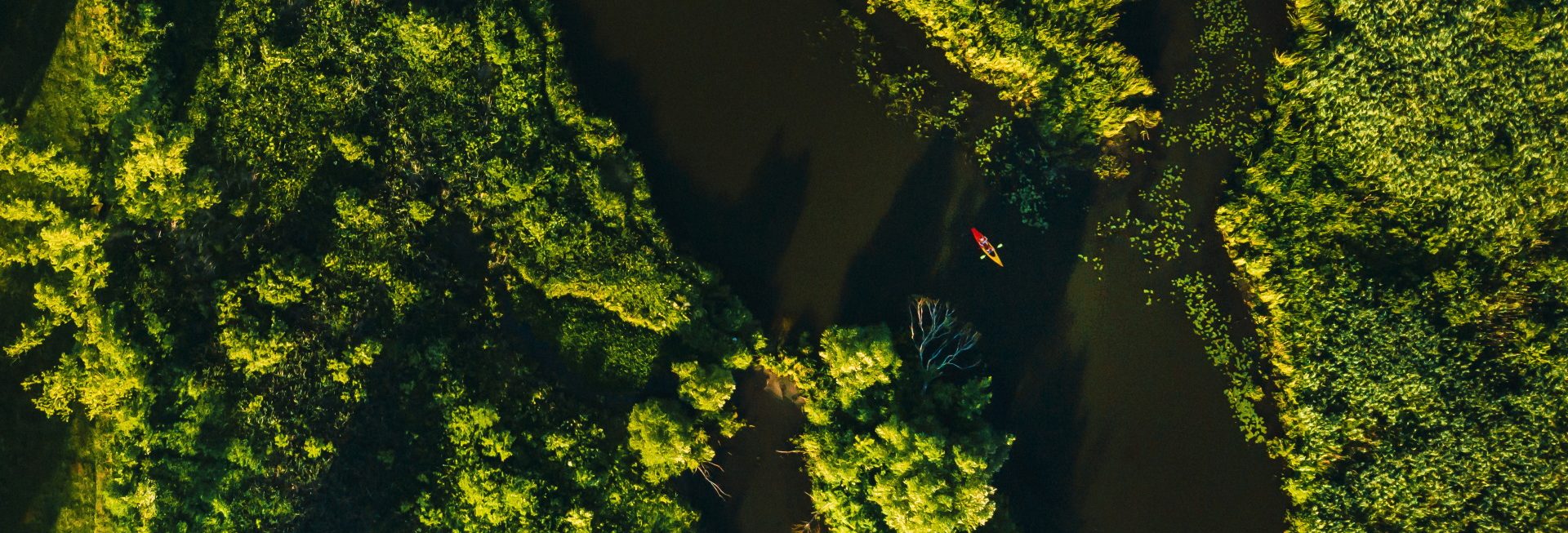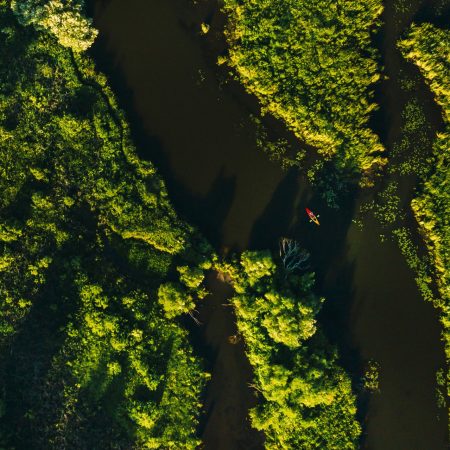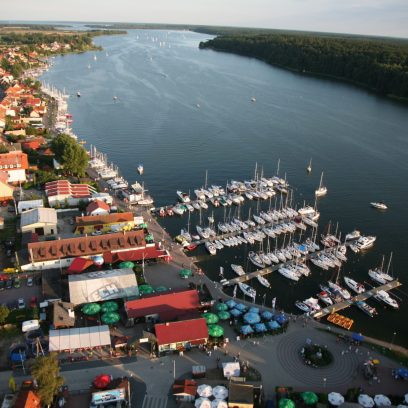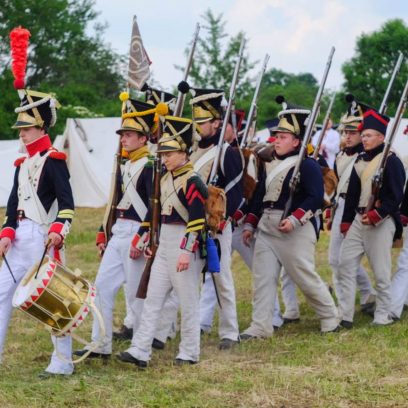



First, a few facts – the Łyna is the largest river in the province, the eleventh longest river in Poland. Its sources are located near the town of Łyna and are within the boundaries of the Springs of the Łyna River nature reserve. Let us pause here.
The river’s headwater area is a deep gorge with steep slopes covered with deciduous forest. Small streams flow out of them, merging into one stream at the bottom of the gorge. The area is affected by headward erosion, which is rarely found in the lowlands but is typical for mountainous areas. As rock material is washed away by the water flowing from the springs, these springs gradually recede into the slope.
One of the places we can reach the reserve from is the village of Wólka Orłowska, located about 1.5 km from the village of Łyna. From the parking lot situated there, we set off on a walk along the yellow hiking trail. The nearly 3 km long hike will lead you to the old mill and observation decks in ravines above the river’s springs.
Fot. Redakcja
The Łyński Mill, which we get to is a real historical treat. The first mentions about the construction of the mill at this site date back to 1387, i.e. the times of the Teutonic Knights. Formerly, the mill was used not only for grinding grain, but it also served as a fulling mill, i.e. a device for fulling cloth, by clothiers from Nidzica (mentioned in 1657). Today, the remains of the former mill are a monument of hydraulic engineering.
Of course, you can canoe down the Łyna (freely from Brzeźno Łyńskie). On the way, you will pass buildings that you simply cannot miss. In Olsztyn, almost in the city center, two 20m high railway viaducts tower over the riverbed. The first one was built in the years 1872-1873, the second – in 1892. Both buildings were entered in the register of monuments.
Fot. Redakcja
As you pass through Knopin, a hamlet about 3.5 km away from Dobre Miasto, you will come across an old steel bridge, lost among fields and meadows. Made of several parts joined by rivets, it is a reminder of the technical thought of the early 20th century.
Fot. Redakcja

Drawing on the culinary traditions of Warmia, Masuria and Powiśle, based on the high quality of local products - such are the products and services that the Culinary Heritage Network "Warmia Masuria Powiśle" gathers.
Find out more
Warmia and Masuria is a region with numerous stories, legends and fairy tales originating from folk beliefs. They are relics of the past, an element of folklore, cultural heritage, as well as a testimony to spiritual culture, a reflection of views and an image of the social life of these lands in the old days.
Find out more
The legend of Napoleon Bonaparte turns out to be still alive. The testimonies of the memory of the famous emperor of the French and his achievements are also visible in Warmia and Masuria. His troops operated in this region, especially in the years 1806-1807, fighting with the forces of Prussia and Russia.
Find out more